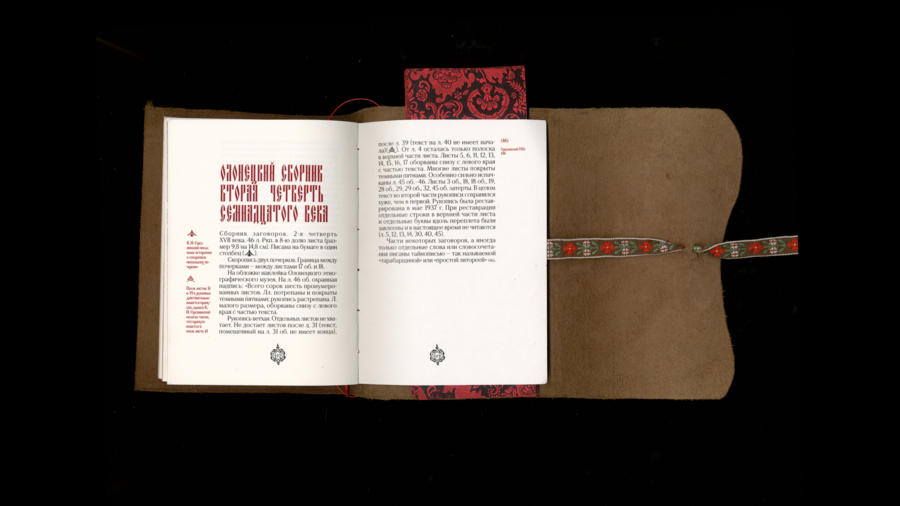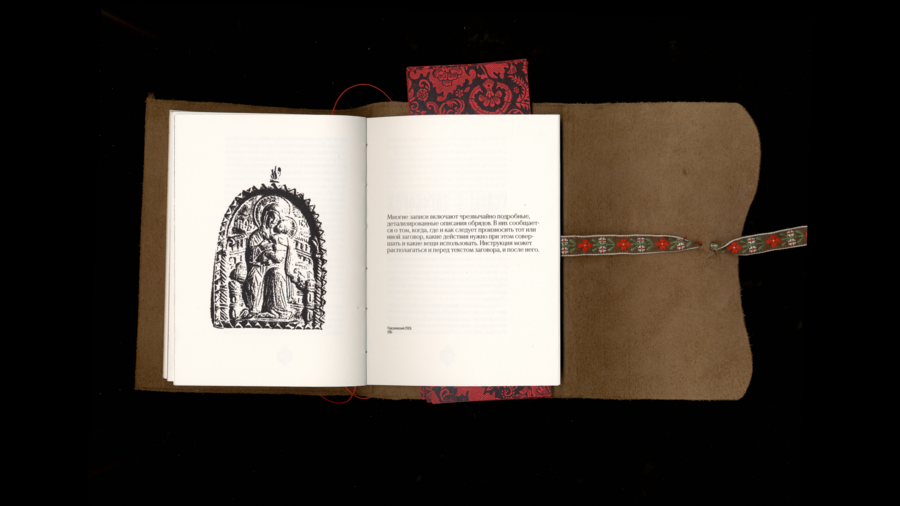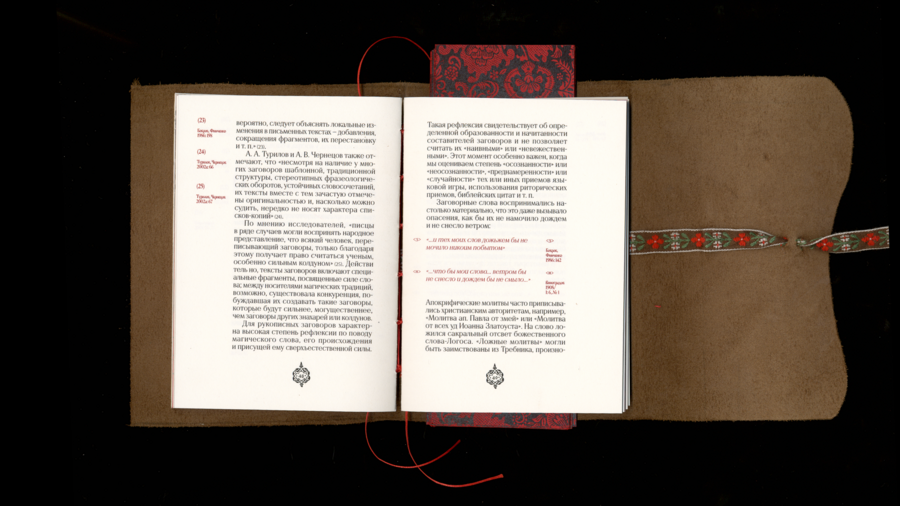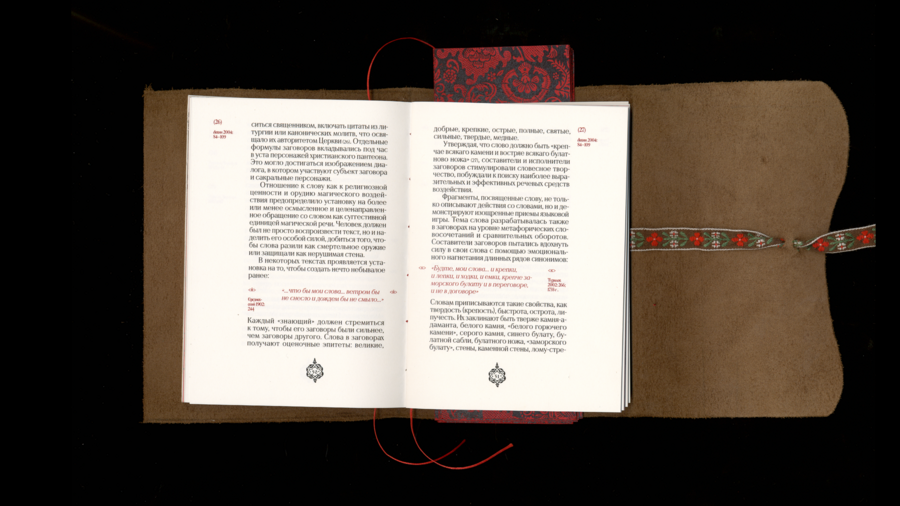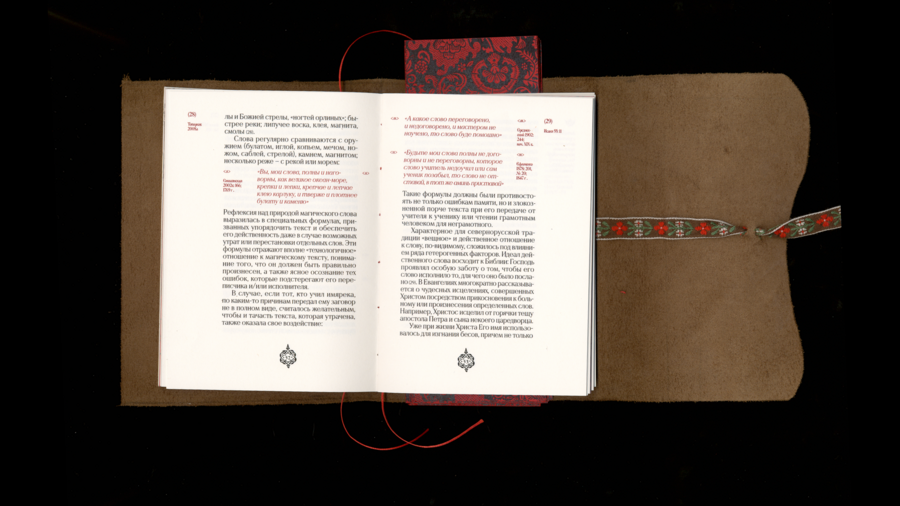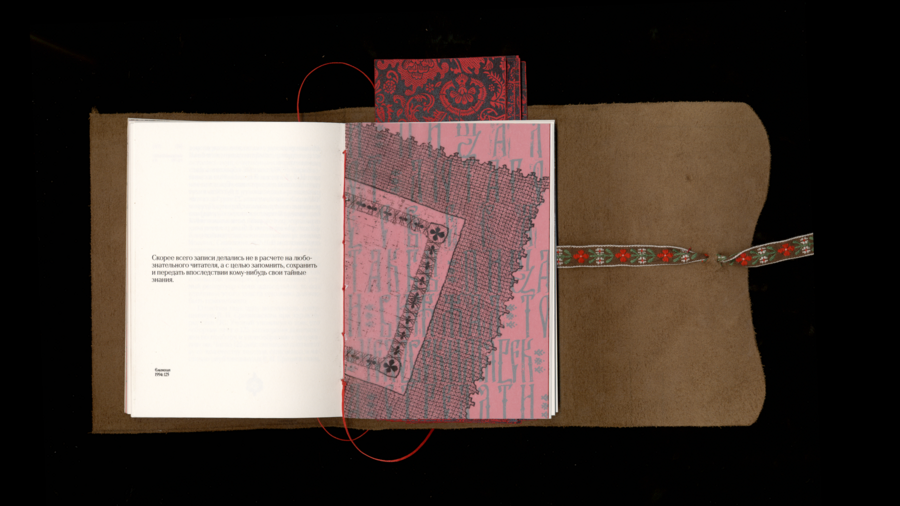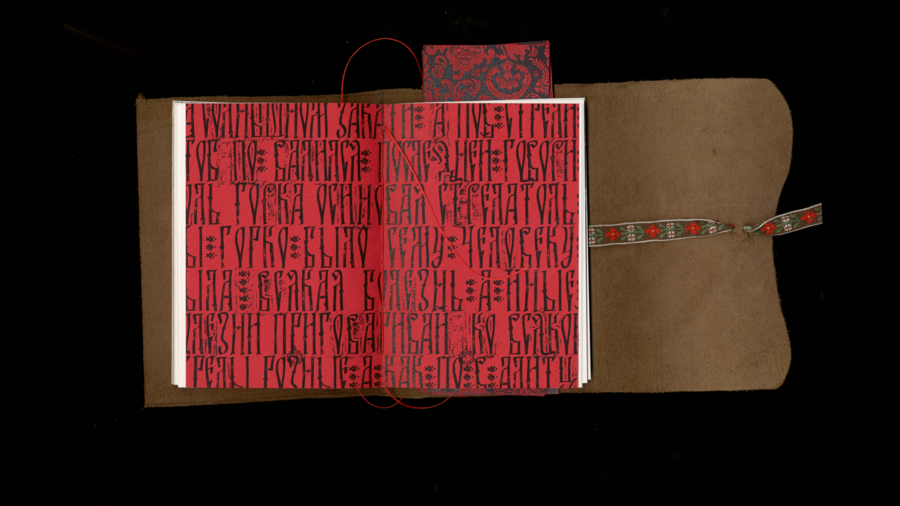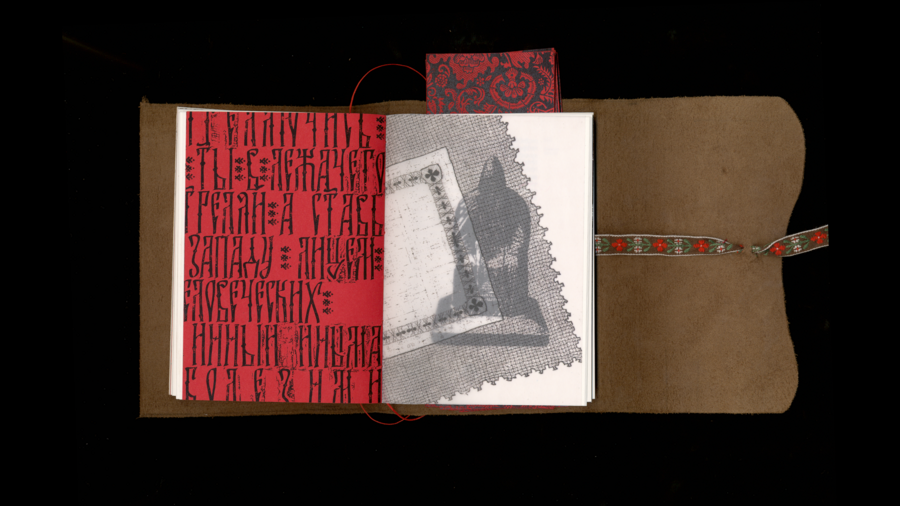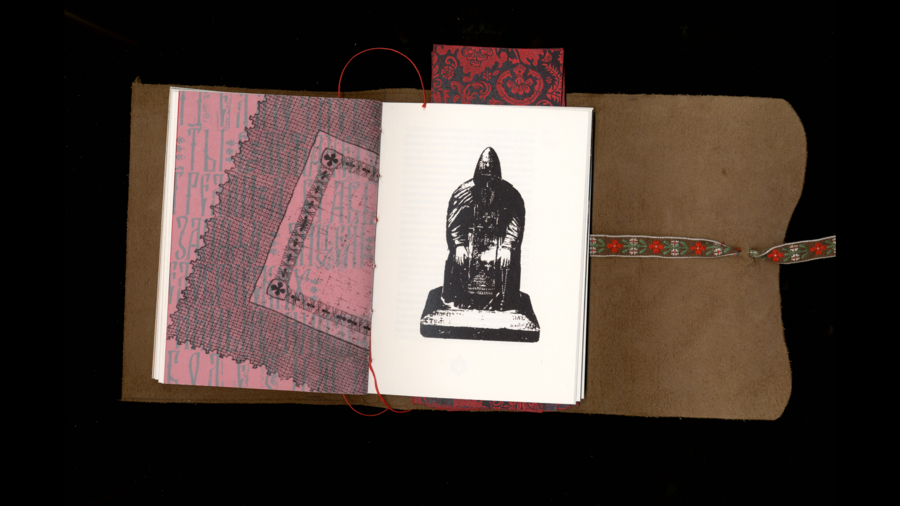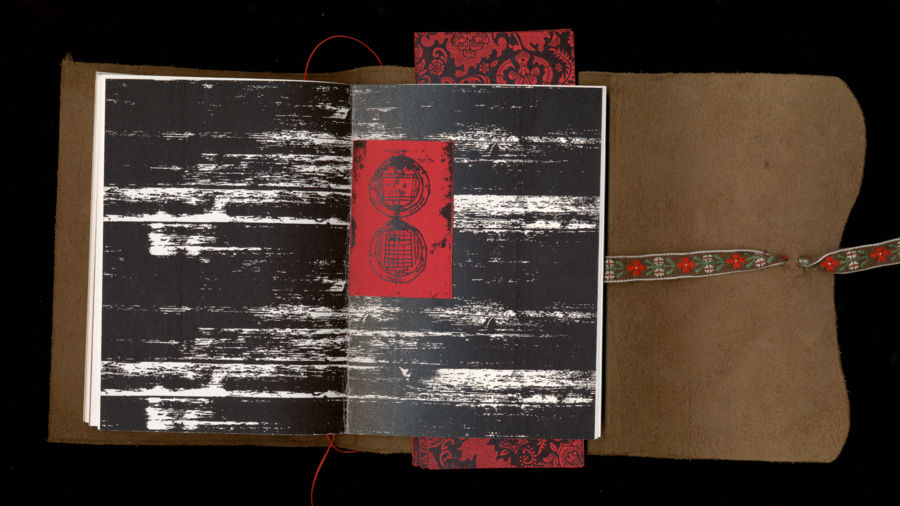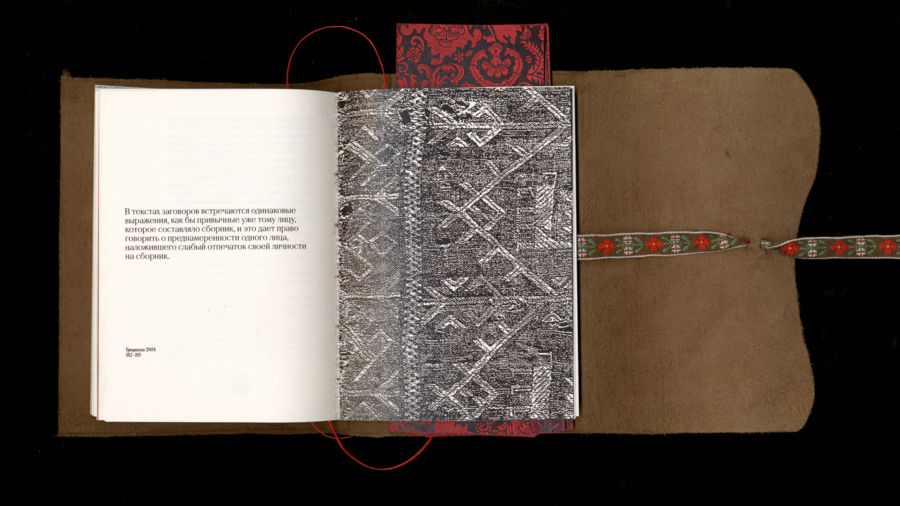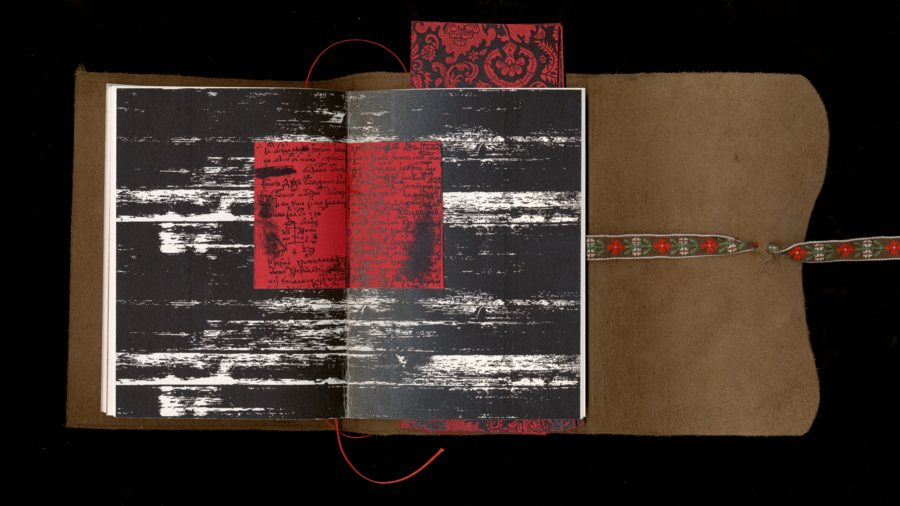
How to Ask to Be Presented
«… many ignorant men, forgetting the fear of God, and not remembering the hour of death, and do not think for their eternal torments, pay off heretics, and divination books, and letters, and conspiracies, and roots, and poisons, and go to the sorceress and the beggars, and on divining books the bones and the roots and the poisons, and the heretic sayings of many people to death spoil…»

Conspiracy is an important part of the history and culture of Russian, along with proverbs, sayings and fairy tales.
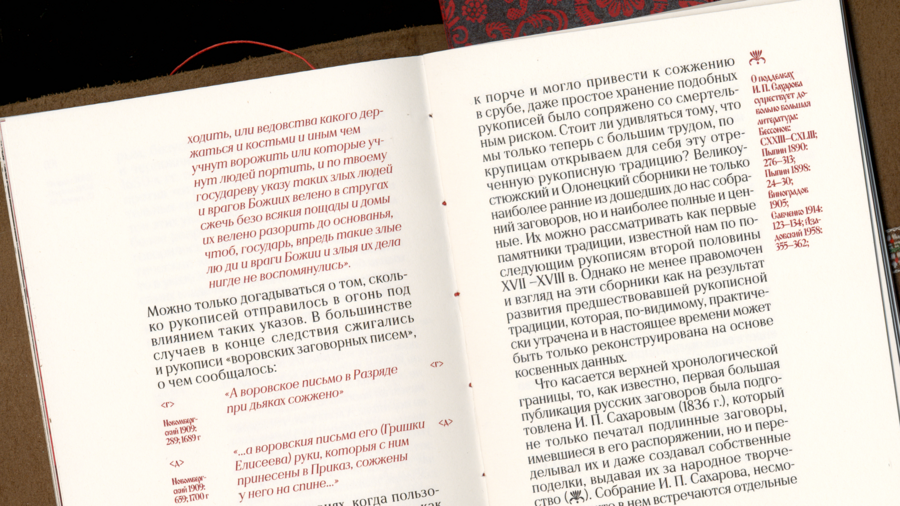
The idea that conspiracies form a legitimate part of the history of verbalism was first expressed by F. I. Bouslavov in his famous lecture «On folk poetry in ancient Russian literature»: «If, in terms of the history of education, such a crude mix of dark superstitions with Christian names may not seem attractive, then, with regard to the history of poetry, this wonderful division of folk words cannot be denied justice in the originality and courage of poetic images and in the sincerity of the enthralled superstition.»
To date, only a few hundred conspiracies have survived. Throughout Russian history, State power and the Orthodox Church have fought conspiracy and witchcraft. Conspiracys with their keepers were burned. In the middle of the 17th century, unknown authors managed to create an Olonets conspiracy collection that reached us, and this story inspired me to create a book about these texts.
The book is made in a compact format of 115×160 mm. This size highlights the sacrilege of the topic. The main purpose of the book is to explain how people kept conspiracies, why this was so important, and what risks their owners had.
Conspiracy was not just a word, but a magic tool. They were written in order to maintain their strength, and the paper with the text often became protected. They were included in treatment centres, carried on their bodies, or stored in private parts of the house. They were written in haste, often with mistakes that made them difficult to read.
In the turn of the book, conspiracies are hidden, and most of the conspiracies from the Olonetsky Collection have been placed in separate bookmarks decorated with the fabrics of XVI–XVII vs.
The book is hand-made in a soft leather cover bound by a tape with embroidery, with sticking threads, thus emphasizing its identity.
